The Best Companion Plants For Lettuce
Lettuce is a popular salad green that is relatively easy to grow. However, it can be susceptible to pests and diseases. Companion planting is a great way to help protect lettuce from these problems and improve its overall health.
Companion planting is the practice of planting certain plants together in order to benefit each other. Some plants, for example, can attract beneficial insects that help to control pests. Others can help to improve the soil quality or provide shade. By planting the right companion plants together, you can create a more harmonious and productive garden.
Here are some of the best companion plants for lettuce:
- Carrots: Carrots help to loosen the soil, which can improve drainage and aeration. They also release a substance that repels root knot nematodes, a common pest of lettuce.
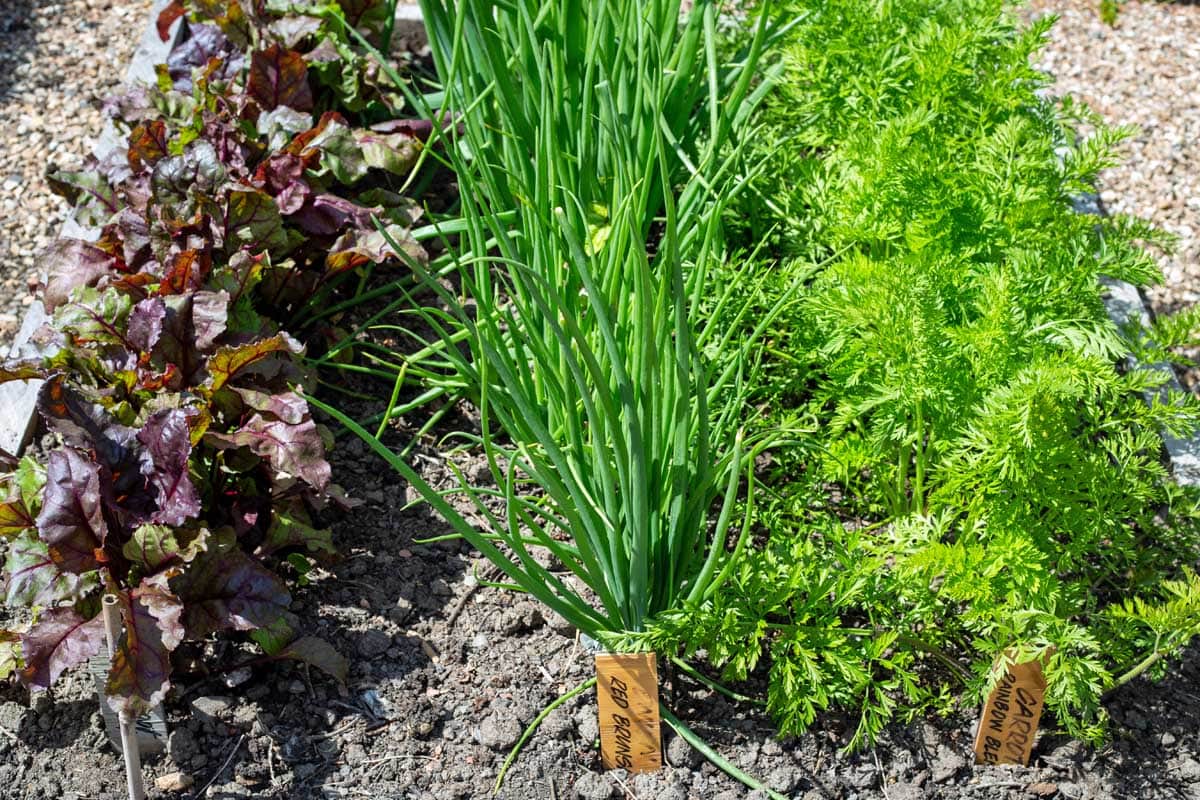
- Chives: Chives release a volatile oil that repels aphids, cabbage moths, and other pests. They also attract beneficial insects, such as ladybugs and lacewings.
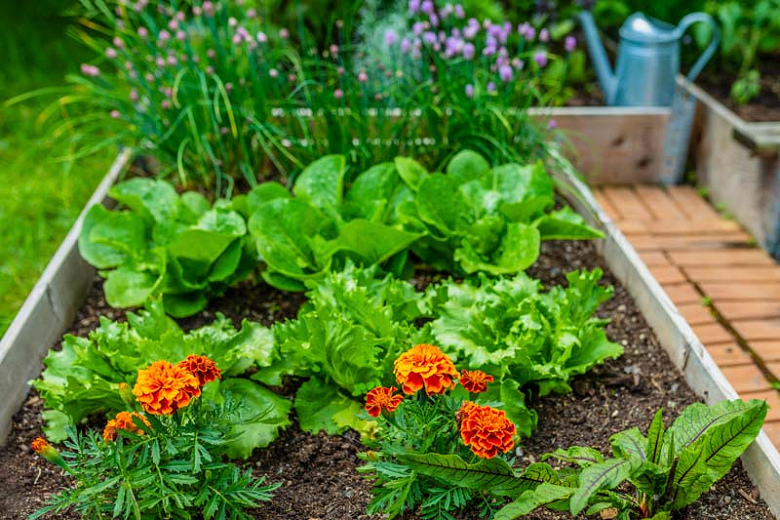
- Cilantro: Cilantro attracts beneficial insects, such as ladybugs and lacewings, which help to control pests. It also helps to improve the flavor of lettuce.

- Dill: Dill attracts beneficial insects, such as ladybugs and lacewings, which help to control pests. It also improves the flavor of lettuce and helps to repel cabbage moths.
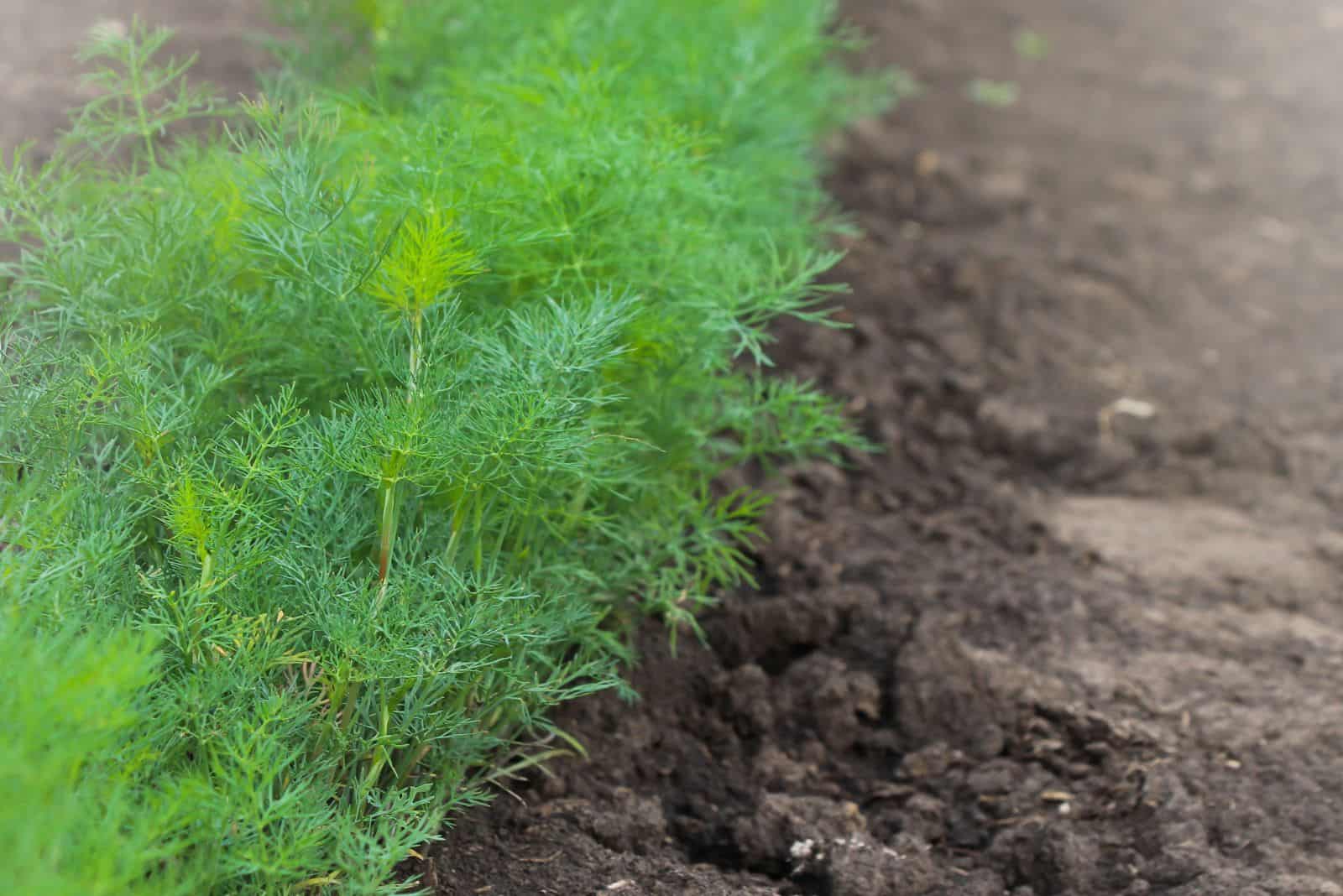
- Marigolds: Marigolds are known for their insect-repelling properties. They can help to deter aphids, whiteflies, and other pests from lettuce.

- Nasturtiums: Nasturtiums attract beneficial insects, such as ladybugs and lacewings, which help to control pests. They also help to improve the soil quality and deter slugs and snails.

- Peas: Peas fix nitrogen in the soil, which can benefit lettuce. They also provide shade and support for lettuce plants.

- Potatoes: Potatoes release a substance that repels aphids, which can be a problem for lettuce. They also provide shade and support for lettuce plants.
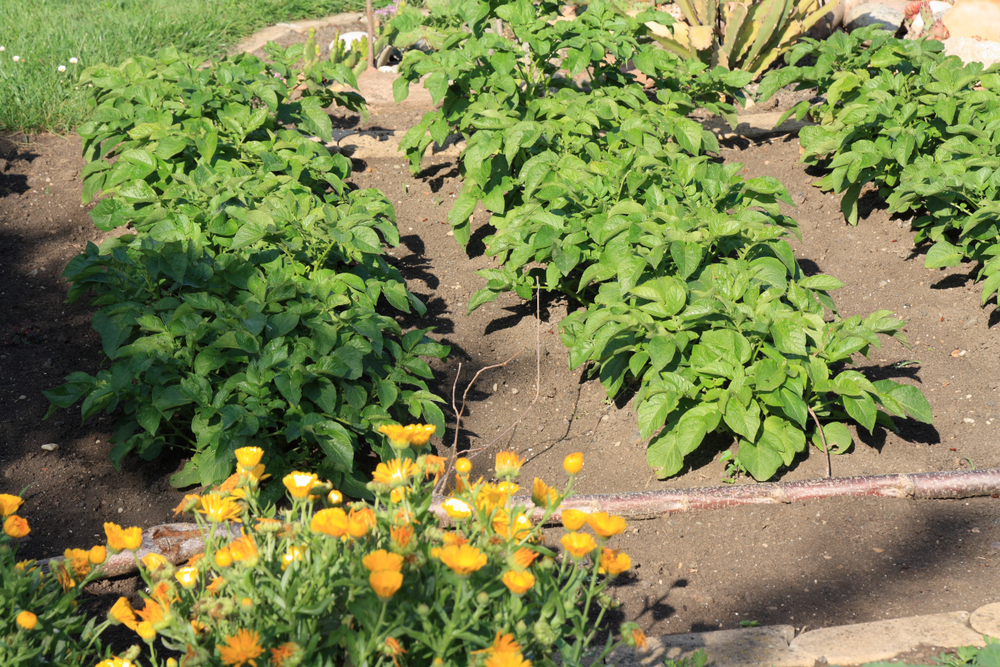
- Spinach: Spinach helps to suppress weeds, which can compete with lettuce for nutrients and water. It also helps to improve the soil quality.

These are just a few of the many companion plants that can be grown with lettuce. When choosing companion plants, it is important to consider the specific needs of your lettuce plants and the climate in your area. You can also consult a gardening book or website for more information on companion planting.
Lettuce is a versatile and delicious vegetable that can be grown in many different climates. But did you know that there are certain plants that can help your lettuce grow better? These are called companion plants, and they can provide a number of benefits to your lettuce, such as:
- Attracting beneficial insects: Some companion plants, such as marigolds and nasturtiums, attract beneficial insects like ladybugs and lacewings, which help to control pests that can damage your lettuce.
- Distracting pests: Other companion plants, such as chives and garlic, have strong scents that can distract pests from your lettuce.
- Improving soil health: Some companion plants, such as beans and peas, can help to improve the nitrogen levels in the soil, which can benefit your lettuce.
If you're looking to grow healthy and abundant lettuce, I recommend doing some research on companion planting. There are a number of resources available online, including Garden Wiki. This website has a comprehensive list of companion plants for lettuce, as well as tips on how to plant and care for them.
FAQ of companion plants to lettuce
Question 1: What are some good companion plants for lettuce?
Answer: There are many good companion plants for lettuce, but some of the most popular include:
- Carrots: Carrots help to loosen the soil and attract beneficial insects, such as ladybugs and lacewings, which eat aphids.

- Chives and garlic: Chives and garlic both help to deter pests, such as aphids and slugs.
- Cilantro: Cilantro attracts beneficial insects, such as parasitic wasps and hoverflies, which eat aphids.
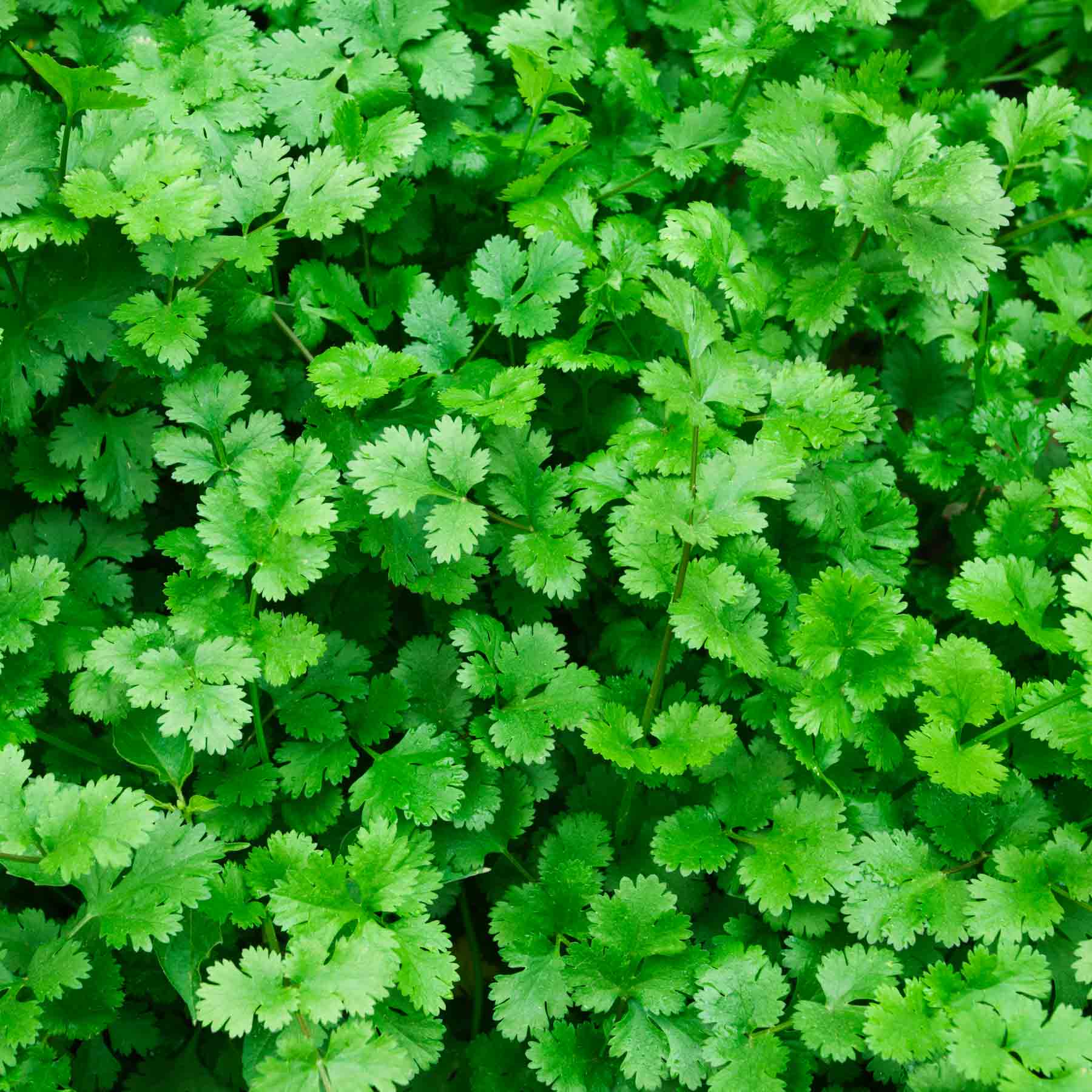
- Dill: Dill improves the health and growth of lettuce and also attracts beneficial insects.
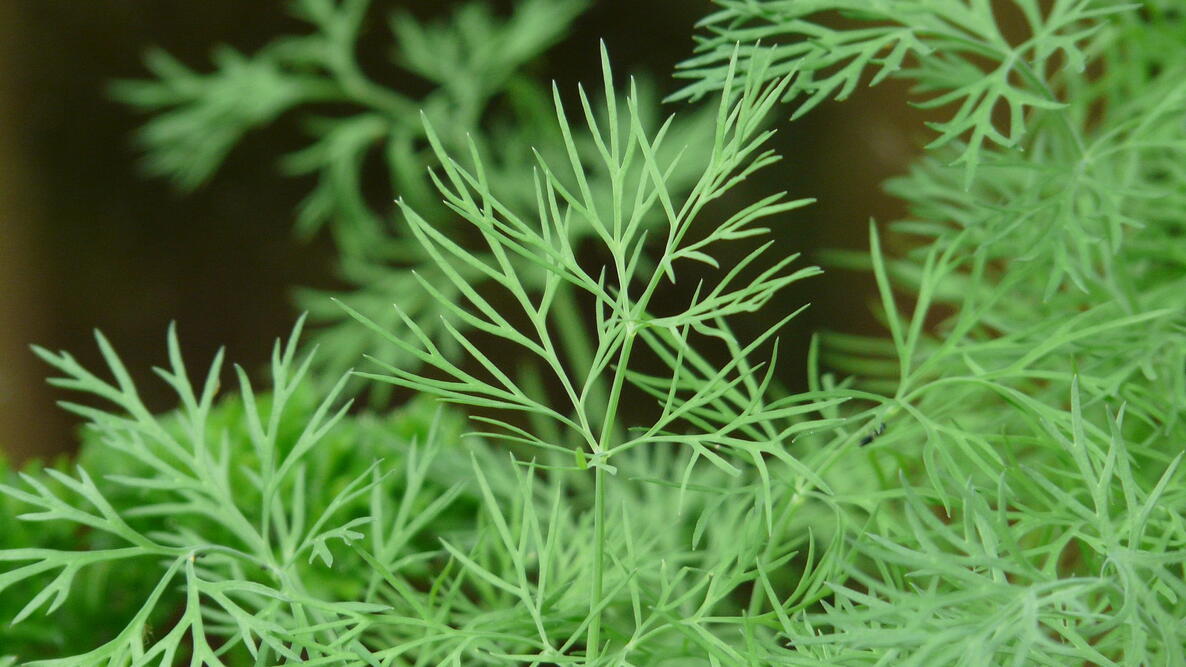
- Marigolds: Marigolds help to deter pests, such as nematodes and aphids, and can also help to improve soil health.

- Peas: Peas fix nitrogen in the soil, which can benefit lettuce plants.
- Spinach: Spinach and lettuce have similar growing requirements and can be planted together.
- Tomatoes: Tomatoes provide shade for lettuce plants and can help to deter pests.
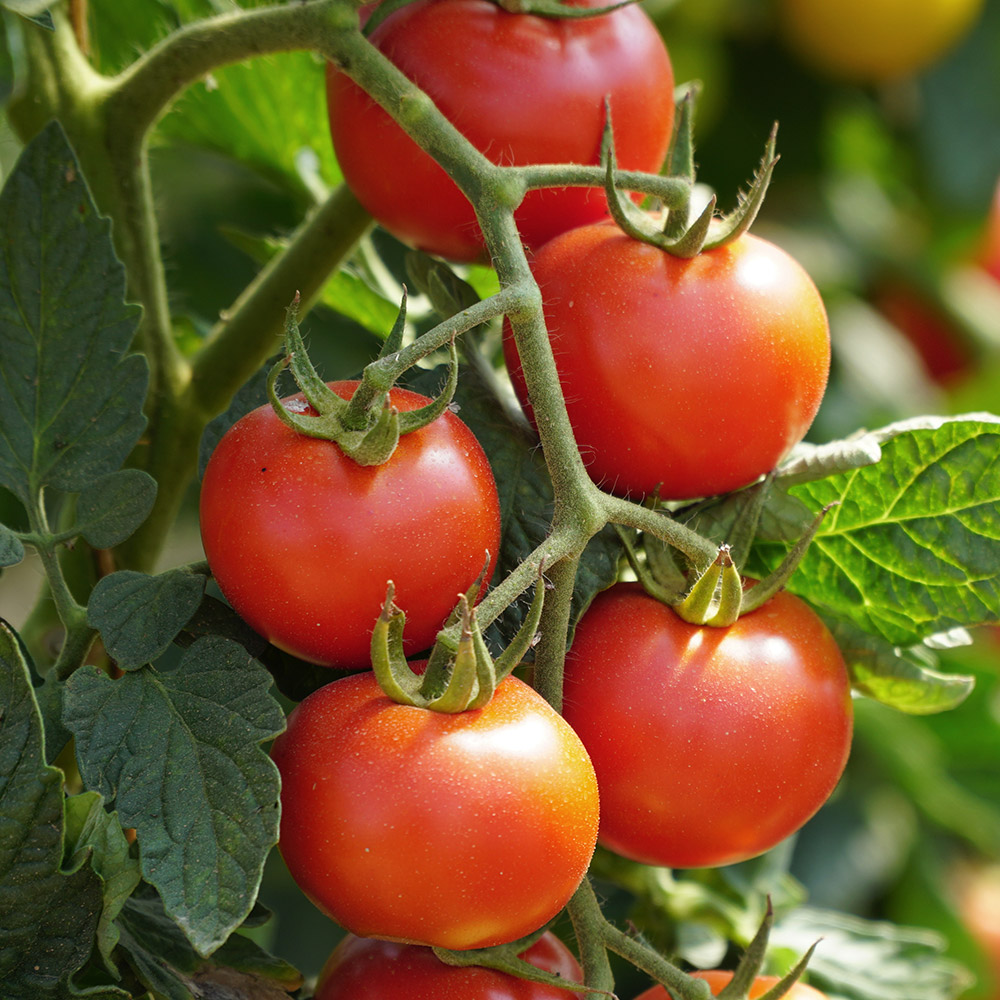
Question 2: What are some bad companion plants for lettuce?
Answer: Some plants that should not be planted near lettuce include:
- Broccoli: Broccoli can attract the same pests as lettuce, such as aphids and slugs.
- Cabbage: Cabbage can attract the same pests as lettuce, such as aphids and slugs.

- Cauliflower: Cauliflower can attract the same pests as lettuce, such as aphids and slugs.
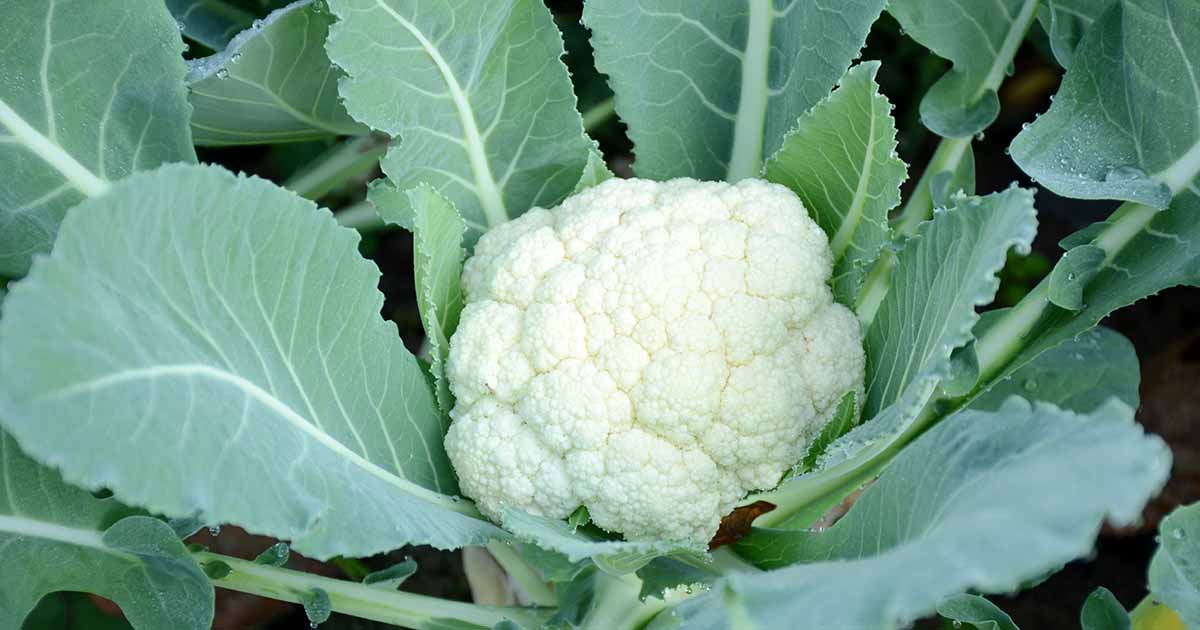
- Kale: Kale can attract the same pests as lettuce, such as aphids and slugs.

- Melons: Melons can compete with lettuce for water and nutrients.
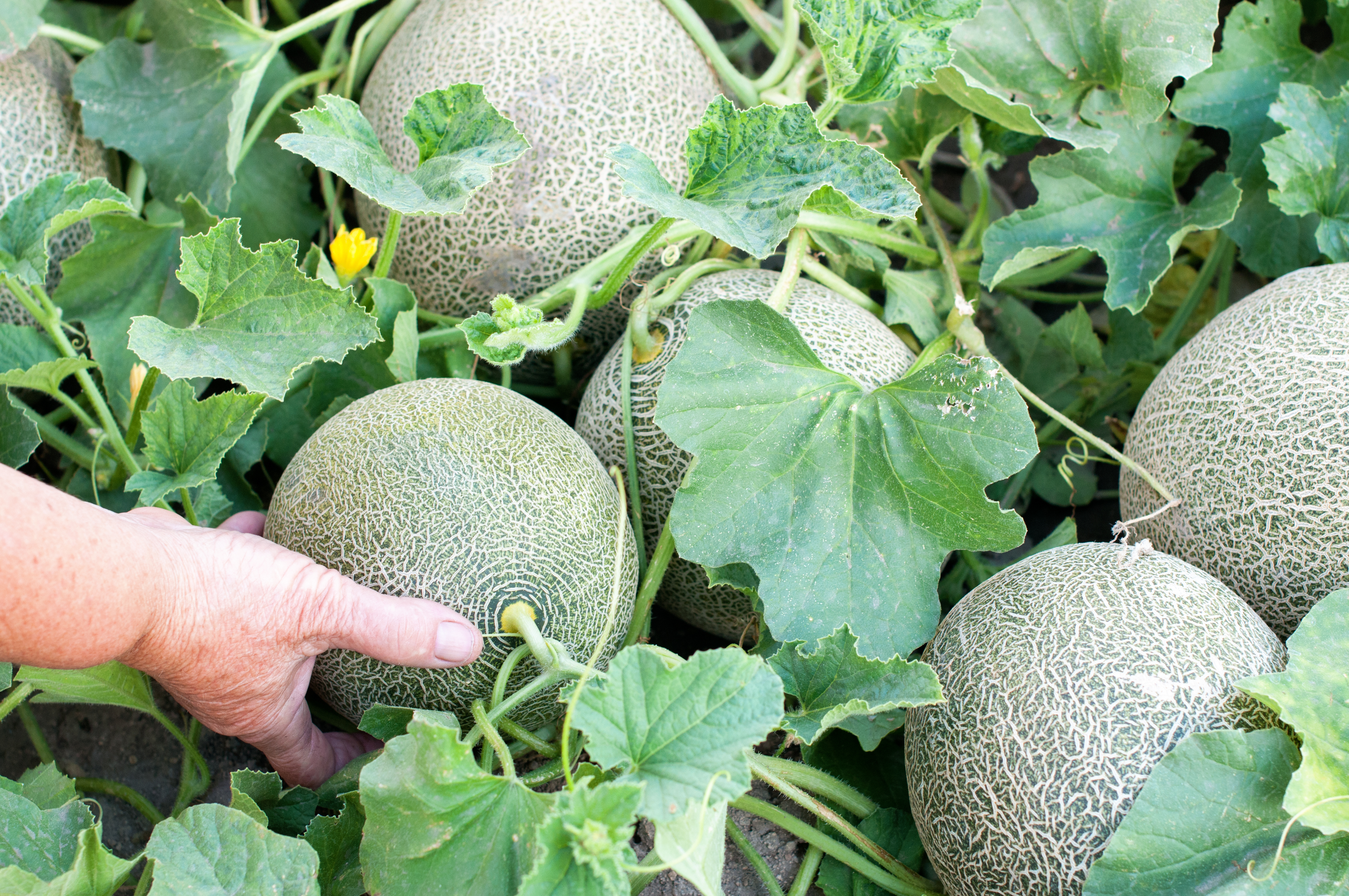
- Potatoes: Potatoes can attract the same pests as lettuce, such as aphids and slugs.

- Squash: Squash can compete with lettuce for water and nutrients.
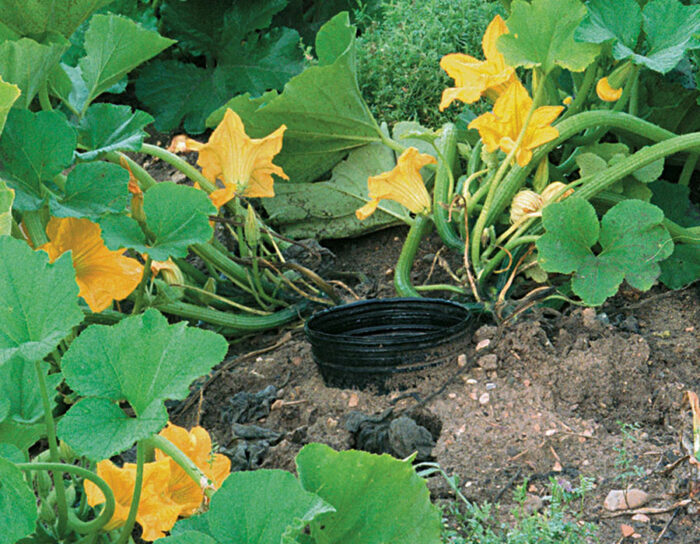
Question 3: How far apart should lettuce plants be planted?
Answer: The spacing between lettuce plants will depend on the variety of lettuce being grown. In general, lettuce plants should be spaced about 6 inches apart. However, some varieties of lettuce, such as romaine lettuce, need more space.
Question 4: What are some tips for companion planting with lettuce?
Answer: Here are some tips for companion planting with lettuce:
- Do your research and choose companion plants that have similar growing requirements.
- Plant companion plants in blocks or rows, rather than randomly. This will help to create a more beneficial environment for both plants.
- Plant taller companion plants, such as tomatoes, on the north or west side of lettuce plants, so that they will not shade them.
- Thin lettuce plants regularly to give them enough space to grow.
- Mulch around lettuce plants to help retain moisture and suppress weeds.
Question 5: What are some common pests and diseases that affect lettuce?
Answer: Some common pests and diseases that affect lettuce include:
- Aphids: Aphids are small, soft-bodied insects that suck the sap from plants. They can cause lettuce leaves to wilt and turn yellow.
- Slugs and snails: Slugs and snails are mollusks that can eat holes in lettuce leaves.
- Leafminers: Leafminers are small insects that lay their eggs on lettuce leaves. The larvae of leafminers tunnel through the leaves, leaving behind a distinctive squiggly pattern.
- Downy mildew: Downy mildew is a fungus that can cause lettuce leaves to turn yellow and wilt.
- Powdery mildew: Powdery mildew is another fungus that can cause lettuce leaves to turn white and powdery.
Image of companion plants to lettuce
- Carrots: Carrots help to repel pests that can damage lettuce, such as aphids and carrot rust fly.

- Chives: Chives help to repel pests and attract beneficial insects, such as ladybugs. They also help to improve the flavor of lettuce.

- Cucumbers: Cucumbers help to shade lettuce from the sun, which can help to prevent it from bolting (flowering prematurely).
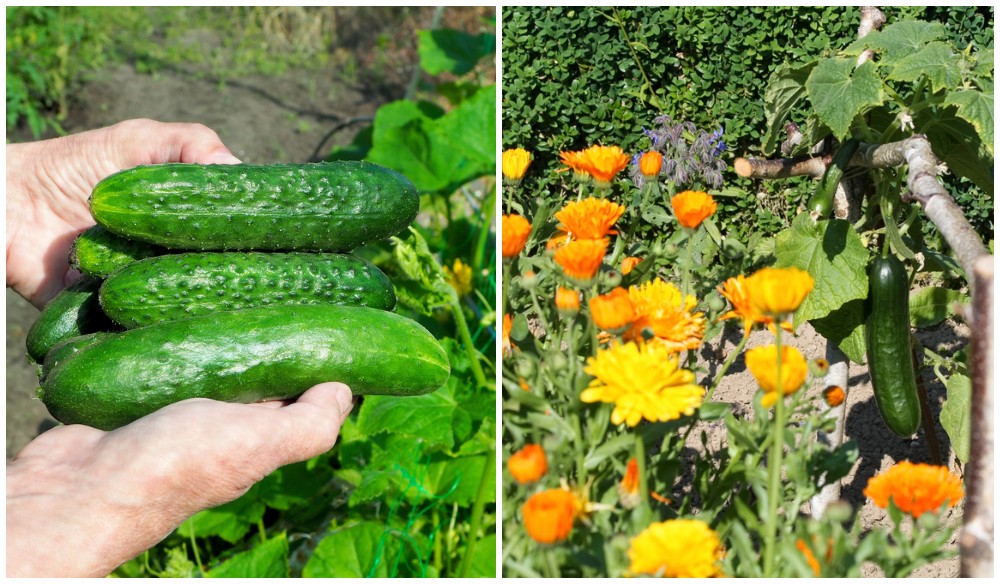
- Herbs: Herbs, such as basil, dill, and mint, can help to repel pests and attract beneficial insects. They can also help to improve the flavor of lettuce.

- Peas: Peas help to fix nitrogen in the soil, which can benefit lettuce. They also help to shade lettuce from the sun, which can help to prevent it from bolting.

Post a Comment for "The Best Companion Plants For Lettuce"